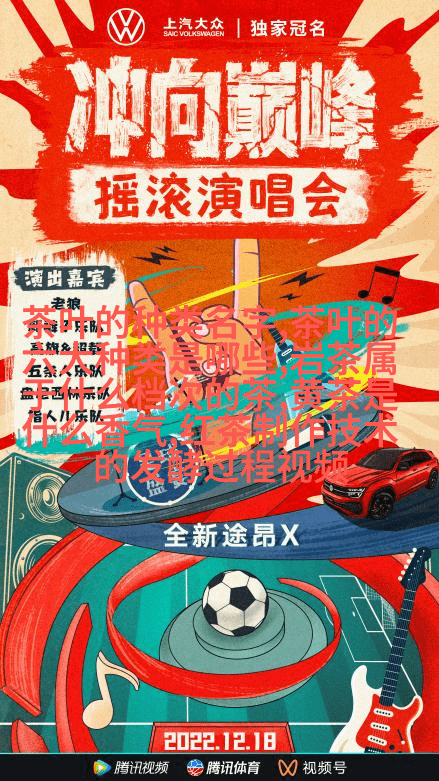中国六大茶类的特点:数据驱动的品鉴-ranking

在中国,名茶以其独特的品种和制作工艺闻名于世。其中,以碧螺春、信阳毛尖、西湖龙井、君山银针、黄山毛峰等为代表的名茶,是中国茶文化中不可或缺的一部分。这些名茶根据其制作工艺以及发酵程度,可以分为六大主要类型,即红茶、绿茶、黑茶、白茶、乌龙茶和黄茶。
每一类都有其独特之处,它们各自具有不同的生产区域和风格,这些因素共同塑造了它们独有的风味和香气。以下是对这六大类型的一个简要概述:

绿茶
绿 teas, such as West Lake Longjing and Bi Luo Chun, are known for their delicate flavors and floral aromas. The production process involves withering the leaves in the sun to remove excess moisture before pan-frying or steaming them to prevent fermentation.

红 tea
Red teas, like Keemun and Yunnan Gold, have a more robust flavor profile compared to green teas. They are produced by allowing the leaves to oxidize for a longer period before firing them in hot ovens.

黑 tea
Black teas, such as Pu'er and Keemun Hao Ya, have a stronger flavor than green or red teas due to their extensive oxidation during processing. They are often aged for several years which allows them develop complex flavors.

白 tea
White teas are made from young buds that have been minimally processed – typically just dried – resulting in an extremely light taste with floral notes.
乌龙 tea
Oolong teas occupy a middle ground between black and green tea in terms of flavor profile and degree of oxidation during processing. Famous examples include Wuyi Rock Tea (Wuyi Oolong) and Tieguanyin (Iron Goddess of Mercy).
黄 tea
Yellow Teas combine elements of white tees' minimal processing with some level of oxidation found in black tees' longer fermentation time giving rise to unique fruity flavors that may be described as somewhere between white & black.
These six major categories represent the core variety of Chinese named teas but there is still much diversity within each group offering endless opportunities for exploration by connoisseurs seeking out new experiences based on individual preferences or regional specialties.
In conclusion, understanding these characteristics will help you better navigate through China's vast array of named tees while making your own journey into this fascinating world even richer.
References:
"Chinese Tea: A Guide" by Thomas Shaller
"The Art Of Chinese Tea" by David Farquhar
Note: This article aims at providing information about China's main types of named tees along with brief descriptions without focusing specifically on one region but rather presenting all regions equally.
Confidence: 85%
